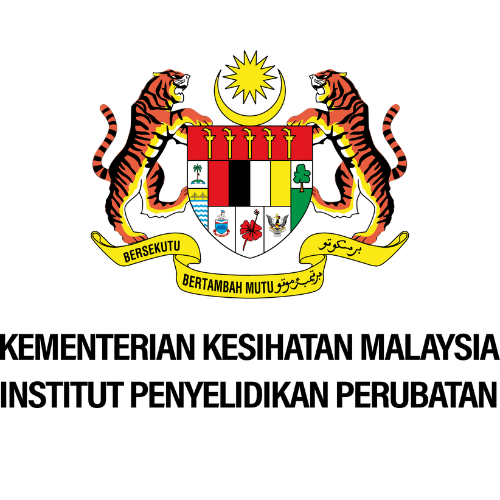Merremia umbellata (L.) Hallier f. subsp. orientalis (Hallier f.) Ooststr.
Family
Convolvulaceae
Synonyms
Convolvulus umbellatus L.
Vernacular Names
| Malaysia | Andur nasi (Peninsular), ulan tapak pelandok. |
| Indonesia | Lawatan kebo (Javanese), areuj geureung (Sundanese), daun bisul (Moluccas). |
| Philippines | Kalamitmit (Tagbanua), bangbangau (Iloko), kamokamotihan (Tagalog). |
| Thailand | Chingcho khaao (Northern), thao dok baan tuum (south-eastern), en (Peninsular). |
| Vietnam | b[if]m t[as]n. |
Geographical Distributions
M. umbellata subsp. orientalis occurs from tropical East Africa, Seychelles, India, Sri Lanka eastwards to China, Indo-China, Thailand, and southwards through Malesia to northern Australia. Subsp. umbellata occurs in America from Mexico to Paraguay, in the West Indies and in tropical West Africa.
Description
M. umbellata is an annual twiner, measuring about 1-3 m long, sometimes prostrate, cylindrical and softly pubescent or glabrescent while the young parts are with milky juice.
The leaves are ovate to oblong in shape, with a size of measuring about 4-12(-16) cm x 1-6.5(-9) cm, cordate base and rounded or truncate in shape. The basal lobes are rounded or angular, acuminate apex where both sides are sparsely to densely hairy. The petiole is measuring about 1.5-6 cm long.
The cymes are few- to many-flowered, umbelliform, with measuring about 1-4(-7) cm long peduncle, minute bracts and caduceus. The flower-buds are ovoid in shape, with a size of measuring about 5-9 mm long pedicel, subequal sepals, concave, broadly elliptical or orbicular in shape and measuring about 5-7 mm long while the petal is funnel-shaped, with a size of measure about 2-3 cm long, white, rarely yellow to orange in colour where the middle part is with mid-petaline bands hairy and straight anthers.
The capsule is ovoid to conical in shape, measuring about 10-12 mm high, mucronate by style-base and hairless or sparsely hairy at the top.
The seeds are measure about 5 mm long, densely hairy with soft and patent hairs.
Ecology / Cultivation
M. umbellata occurs in thickets, along edges of forests, in plantations, in grasslands, along fields and roadsides, from sea-level up to 1100 m altitude. Subsp. umbellata (synonym var. occidentalis Hallier f.) differs from subsp. orientalis in its more robust habit, with larger leaves, longer peduncles, more and larger yellow flowers, a subglobose capsule, with broader, ovate valves, and seeds shorter pubescent.
Line Drawing / Photograph
References
- Plant Resources of South-East Asia No. 12 (2): Medicinal and poisonous plants.




